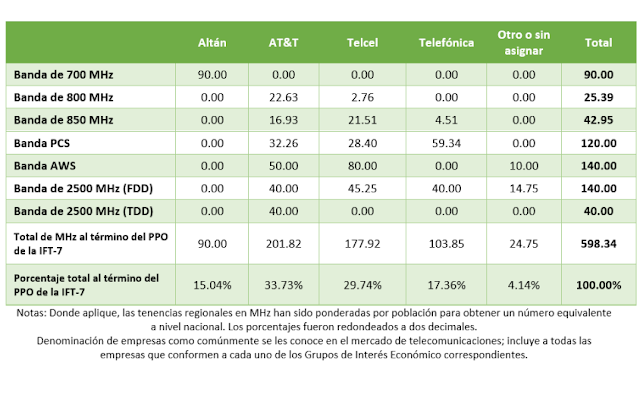Samsung Heavy Industries selected AWS as its preferred cloud provider.
Samsung Heavy Industries is developing an autonomous smart shipping system to enable the self-piloting of large container ships, LNG carriers, and floating production systems. The company will use the breadth of AWS’s services, including machine learning, augmented reality and virtual reality, analytics, databases, compute, and storage to develop this platform. This includes Amazon Elastic Compute Cloud (Amazon EC2), Amazon Relational Database Service (Amazon RDS), Amazon Simple Storage Solution (Amazon S3), AWS Key Management Service (KMS), and AWS CloudTrail to create integrated systems for all vessel-related data collected from land to sea.
 “We’re digitizing our shipping fleet by using the most advanced technologies in the world to enhance our approaches to shipbuilding, operations, and delivery, and chose AWS as our preferred cloud provider to help us quickly transform Samsung Heavy Industries’ into a cloud-first maritime business,” said Dongyeon Lee, Director of Ship & Offshore Performance Research Center at Samsung Heavy Industries. “By leveraging AWS, we’ve successfully released several smart shipping systems so that our customers can manage their ships and fleets more efficiently, and we continue to test new capabilities for ocean-bound vessel navigation and automation. AWS delivers a highly flexible environment, with the broadest and deepest portfolio of cloud services, that is ideal for accelerating research and development across the company, and it has enabled our developers and data scientists to bring new ideas to market at an unprecedented pace.”
“We’re digitizing our shipping fleet by using the most advanced technologies in the world to enhance our approaches to shipbuilding, operations, and delivery, and chose AWS as our preferred cloud provider to help us quickly transform Samsung Heavy Industries’ into a cloud-first maritime business,” said Dongyeon Lee, Director of Ship & Offshore Performance Research Center at Samsung Heavy Industries. “By leveraging AWS, we’ve successfully released several smart shipping systems so that our customers can manage their ships and fleets more efficiently, and we continue to test new capabilities for ocean-bound vessel navigation and automation. AWS delivers a highly flexible environment, with the broadest and deepest portfolio of cloud services, that is ideal for accelerating research and development across the company, and it has enabled our developers and data scientists to bring new ideas to market at an unprecedented pace.”
Samsung Heavy Industries is developing an autonomous smart shipping system to enable the self-piloting of large container ships, LNG carriers, and floating production systems. The company will use the breadth of AWS’s services, including machine learning, augmented reality and virtual reality, analytics, databases, compute, and storage to develop this platform. This includes Amazon Elastic Compute Cloud (Amazon EC2), Amazon Relational Database Service (Amazon RDS), Amazon Simple Storage Solution (Amazon S3), AWS Key Management Service (KMS), and AWS CloudTrail to create integrated systems for all vessel-related data collected from land to sea.
 “We’re digitizing our shipping fleet by using the most advanced technologies in the world to enhance our approaches to shipbuilding, operations, and delivery, and chose AWS as our preferred cloud provider to help us quickly transform Samsung Heavy Industries’ into a cloud-first maritime business,” said Dongyeon Lee, Director of Ship & Offshore Performance Research Center at Samsung Heavy Industries. “By leveraging AWS, we’ve successfully released several smart shipping systems so that our customers can manage their ships and fleets more efficiently, and we continue to test new capabilities for ocean-bound vessel navigation and automation. AWS delivers a highly flexible environment, with the broadest and deepest portfolio of cloud services, that is ideal for accelerating research and development across the company, and it has enabled our developers and data scientists to bring new ideas to market at an unprecedented pace.”
“We’re digitizing our shipping fleet by using the most advanced technologies in the world to enhance our approaches to shipbuilding, operations, and delivery, and chose AWS as our preferred cloud provider to help us quickly transform Samsung Heavy Industries’ into a cloud-first maritime business,” said Dongyeon Lee, Director of Ship & Offshore Performance Research Center at Samsung Heavy Industries. “By leveraging AWS, we’ve successfully released several smart shipping systems so that our customers can manage their ships and fleets more efficiently, and we continue to test new capabilities for ocean-bound vessel navigation and automation. AWS delivers a highly flexible environment, with the broadest and deepest portfolio of cloud services, that is ideal for accelerating research and development across the company, and it has enabled our developers and data scientists to bring new ideas to market at an unprecedented pace.”
















